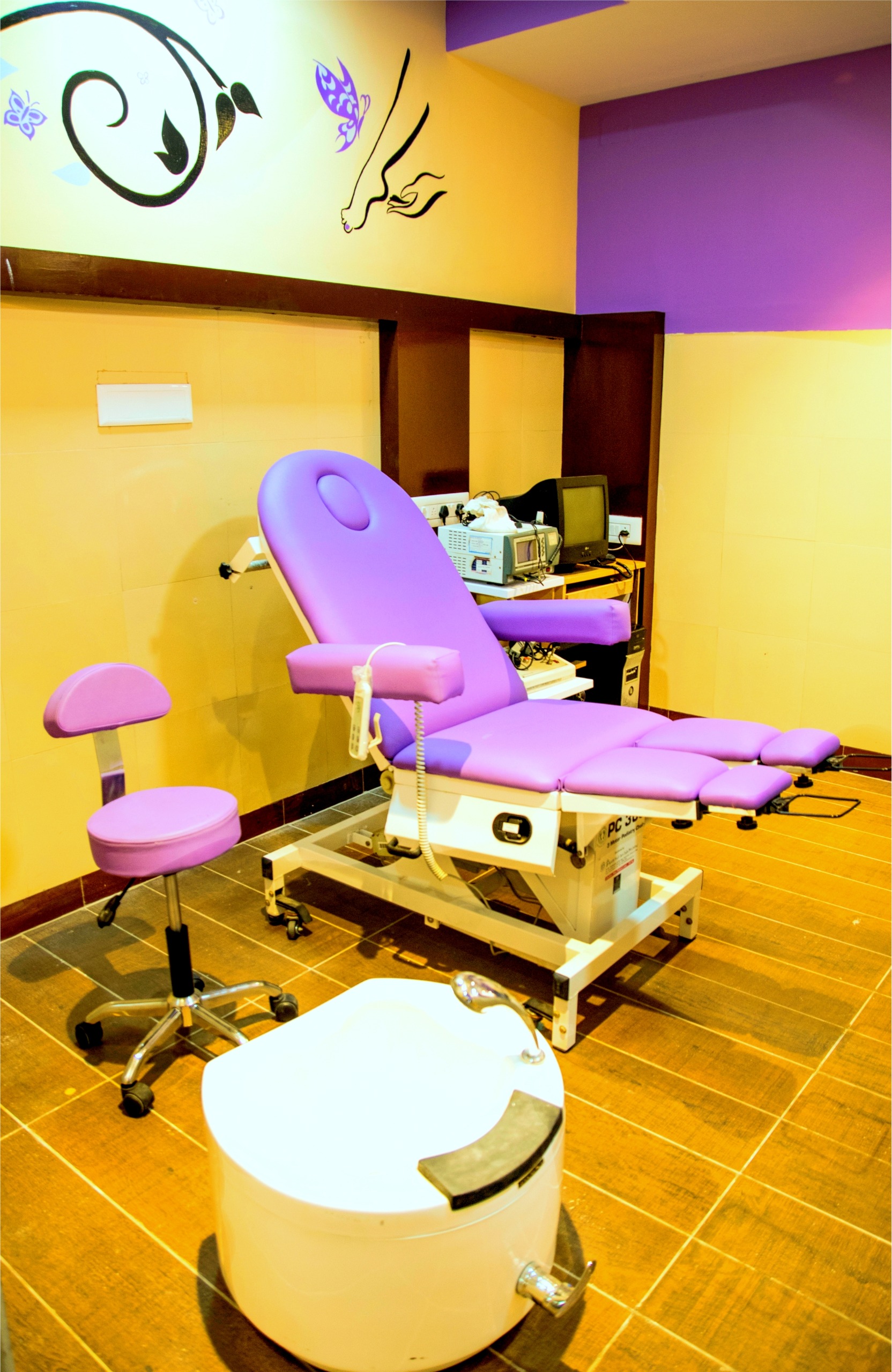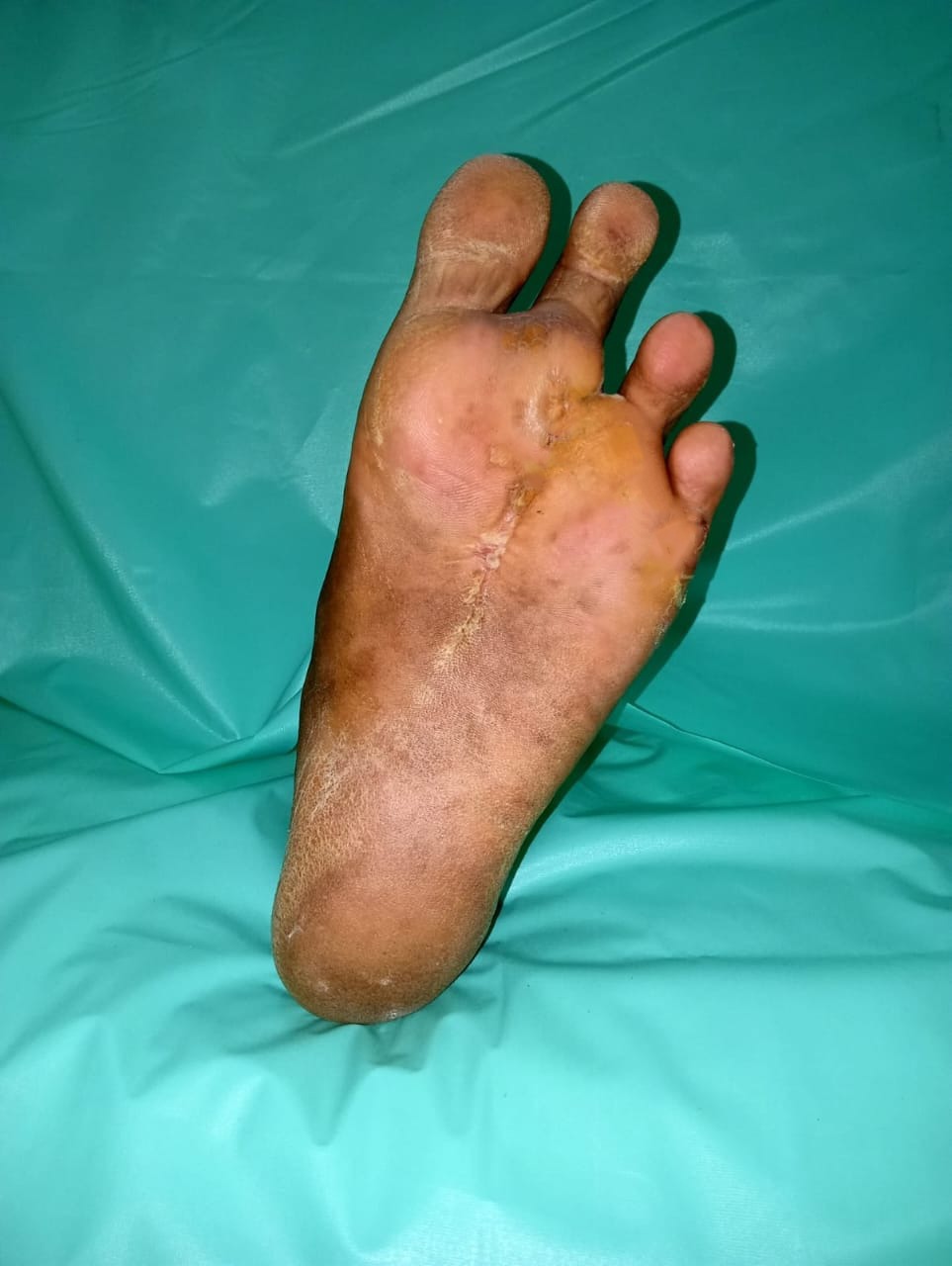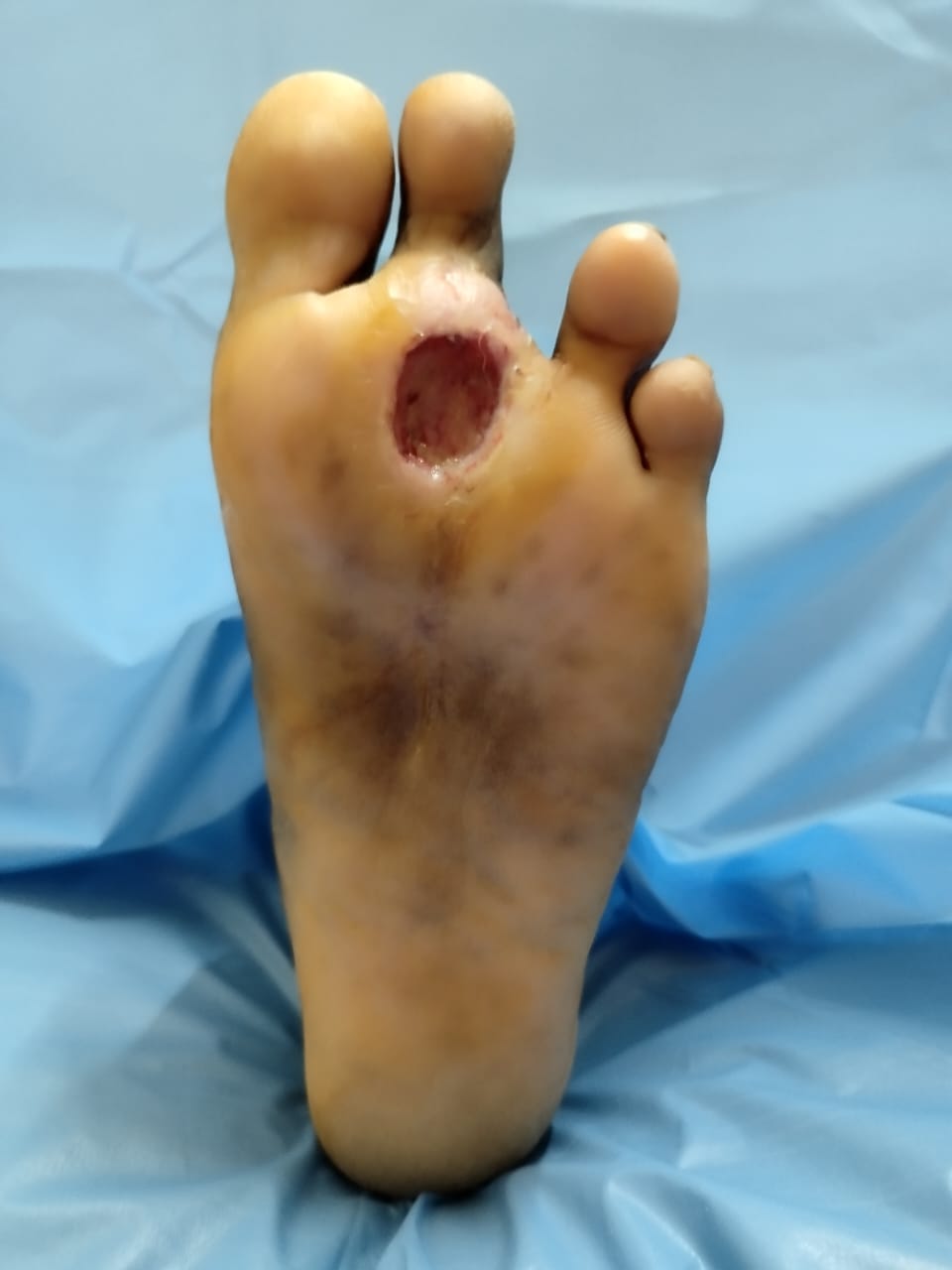Blood sugar control:
Blood sugar control is vital for overall health, particularly in managing diabetes. It involves maintaining blood glucose levels within a target range through a balanced diet, regular exercise, and proper medication. Consuming high-fiber foods, reducing sugar intake, and monitoring blood sugar levels regularly are essential steps. Effective blood sugar control helps prevent complications such as heart disease, nerve damage, and vision problems, promoting a healthier and more active lifestyle.
Laboratory Testing:
One of the most crucial ways to monitor your overall physical health is through routine blood testing. Regular testing can help you understand how your body changes over time and give you the ability to make well-informed decisions regarding your health.
Neurosensory examinations assess the function of the nervous system and sensory organs. These tests evaluate sensation, reflexes, coordination, and balance, aiding in diagnosing conditions like neuropathy, multiple sclerosis, and spinal cord injuries. Accurate neurosensory assessments are crucial for effective treatment planning and patient care.






A Pedobarogram is a diagnostic tool used to measure the pressure distribution on the soles of the feet during standing and walking. It helps in identifying abnormalities in gait and foot mechanics, aiding in the diagnosis and treatment of conditions like flat feet, plantar fasciitis, and diabetic foot ulcers.
A vascular audio Doppler is a non-invasive test that uses sound waves to assess blood flow in the arteries and veins. It helps detect blockages, clots, and other vascular conditions. This diagnostic tool is essential for evaluating circulatory health, guiding treatments, and preventing complications like strokes and peripheral artery disease.
Myocardial perfusion scintigraphy (MPS) and echocardiography are the methods most frequently used to image the effects of coronary artery disease (CAD) on the heart. Both tests are useful for diagnosing and supporting treatment decisions in patients with suspected or confirmed CAD, and they have been validated under both pharmacological stress and exercise. Recurrent episodes of myocardial ischaemia can cause intracellular and extracellular alterations in a subset of these patients, rendering their myocytes viable but incapable of sustaining contraction.
Diet for Diabetes:
A diabetes-friendly diet focuses on managing blood sugar levels through balanced nutrition. It includes high-fiber foods, lean proteins, whole grains, and healthy fats while limiting refined sugars and carbohydrates. Portion control and regular meal timing are crucial. This diet supports better glucose control and overall health.
Exercises for Foot:
Exercises for diabetic foot care enhance circulation, flexibility, and strength, reducing the risk of complications. Key exercises include toe stretches, ankle rotations, and calf raises. Regularly performing these exercises helps maintain foot health, prevent ulcers, and improve overall mobility for individuals managing diabetes.
Daily Care of Foot:
Daily foot care involves washing and thoroughly drying feet, inspecting for cuts or sores, and moisturizing to prevent dryness. Trim nails carefully and wear well-fitting shoes to avoid injuries. Regular foot care prevents infections, maintains skin health, and is especially crucial for individuals with diabetes or circulation issues.
Insole and Footcare Selection:
Selecting appropriate insoles and footwear is crucial for diabetic foot care. Choose shoes with a wide toe box, good arch support, and cushioned insoles to reduce pressure and prevent ulcers. Custom orthotic insoles can provide additional support and comfort, helping to maintain foot health and prevent complications
Medical Pedicure:
A medical pedicure blends cosmetic foot care with clinical expertise. It focuses on treating foot conditions like calluses, ingrown nails, and fungal infections using sterile tools and techniques. Beyond aesthetics, it ensures foot health, promoting comfort and mobility. Ideal for diabetics and those needing specialized foot care, it prioritizes hygiene and therapeutic results.








Flexor tenotomy:
Flexor tenotomy is a surgical procedure that involves cutting the flexor tendons in the toes to release tension. This reduces pressure points and corrects deformities, such as claw toes, in individuals with diabetes or other conditions. The procedure helps prevent ulcers and enhances overall foot function and comfort.
Metatarsal bone realignment:
Metatarsal bone realignment is a surgical procedure that adjusts the position of metatarsal bones in the foot. It aims to alleviate pressure and correct deformities such as bunions or metatarsalgia. This procedure restores normal foot mechanics, reduces pain, and improves stability, enhancing overall foot function and mobility.
Arch stabilization:
Arch stabilization involves surgical techniques aimed at correcting and supporting the natural arch of the foot. It addresses conditions such as flat feet or fallen arches by repositioning tissues and using implants or grafts to maintain proper foot structure. This procedure enhances stability, reduces pain, and improves overall foot function and alignment.
Achilles tendon lengthening:
Achilles tendon lengthening is a surgical procedure to increase the length of the Achilles tendon. It alleviates tension and reduces stress on the tendon, improving ankle flexibility and reducing pain. This procedure is beneficial for conditions like equines deformity, enhancing mobility and preventing foot ulcers in individuals with diabetes.
Surgical offloading:
Surgical offloading is a procedure aimed at alleviating pressure on ulcerated areas of the foot to support healing. This involves redistributing weight away from the affected region through techniques such as removing or realigning bones, releasing tendons, or using specialized inserts, significantly reducing the risk of further complications.
Claw toe realignment:
Claw toe realignment is a surgical procedure to correct toes bent upward at the joint, causing them to curl down. It involves releasing tight tendons, straightening the toe, and sometimes removing bone to alleviate pressure and prevent ulcers. This surgery restores normal toe alignment, improves function, and enhances comfort for patients
Plantar bone growth removal:
Plantar bone growth removal is a surgical procedure to address bony protrusions or growths on the underside of the foot, often caused by conditions like plantar fasciitis or bone spurs. By eliminating these growths, the procedure alleviates pain, improves foot function, and prevents further complications, restoring comfort and mobility to the affected area
Internal splinting:
Internal splinting is a surgical technique used to stabilize and correct foot deformities. By placing internal supports, such as screws or plates, within the foot, this method realigns bones and joints, preventing ulcers and improving function. It offers a durable solution to maintain foot structure and promote long-term health.






Bone shaving or removal:
Bone shaving or removal is a surgical procedure to eliminate bony protrusions on the foot that can cause friction, pain, and ulceration. It aims to reduce pressure points and prevent complications like diabetic foot ulcers. This procedure enhances comfort, restores proper foot mechanics, and improves overall mobility for individuals with foot deformities
Hammertoe correction:
Hammertoe correction is a surgical procedure to realign and straighten toes that have become permanently bent due to muscle imbalance. It involves releasing tight tendons, removing bone spurs, and sometimes inserting implants to correct deformities. This surgery relieves pain, improves toe alignment, and prevents complications such as corns and ulcers.
Achilles tendon reconstruction:
Achilles tendon reconstruction involves surgically repairing a damaged or ruptured Achilles tendon using various techniques. This procedure restores tendon integrity, strength, and function, crucial for normal ankle movement and stability. It aims to facilitate rehabilitation and return to activities, ensuring long-term mobility and reducing the risk of re-injury.
Dos:
Don’ts:

63/2 Lake Road
Sri Ram Nagar, Allinagaram, Theni- 625531
8870007450
